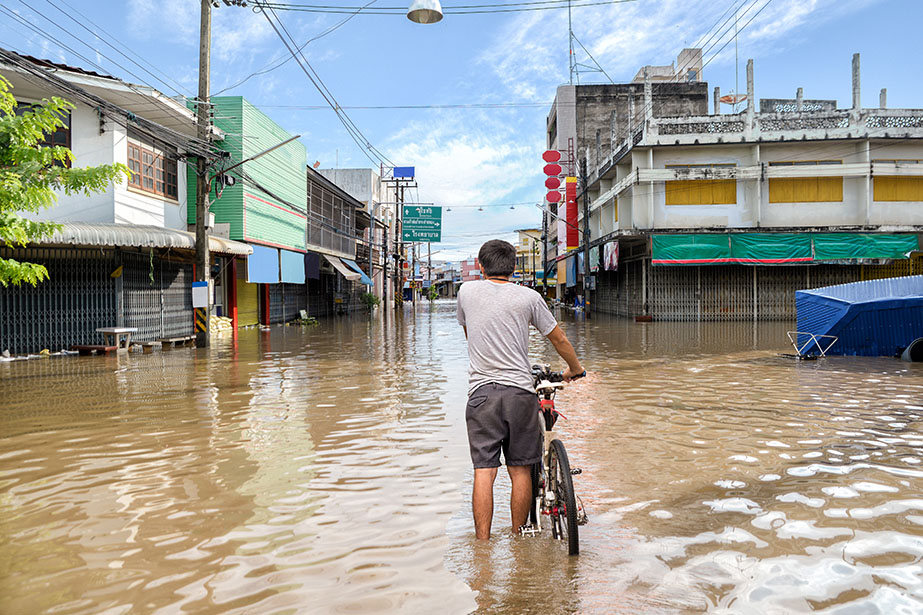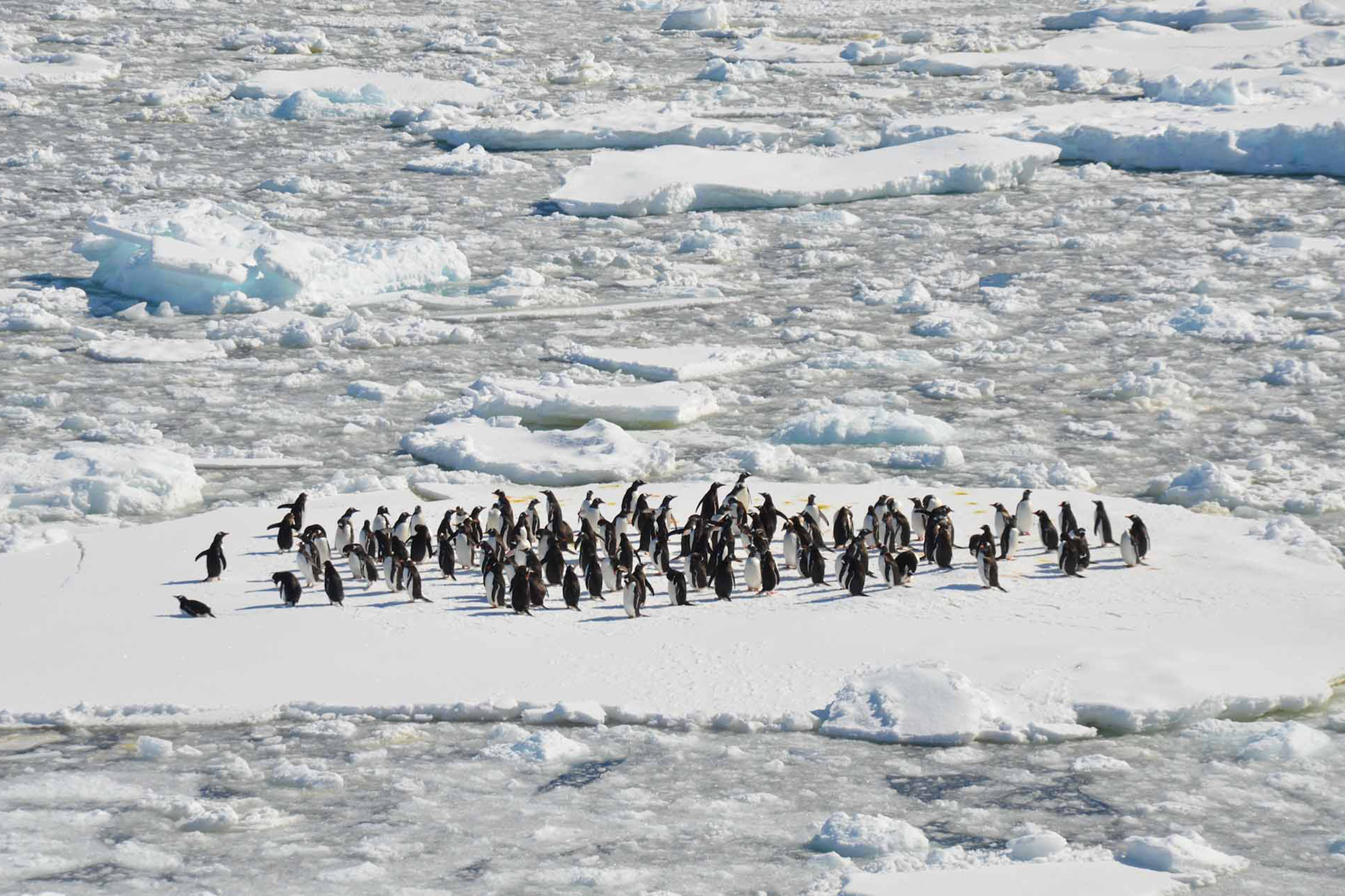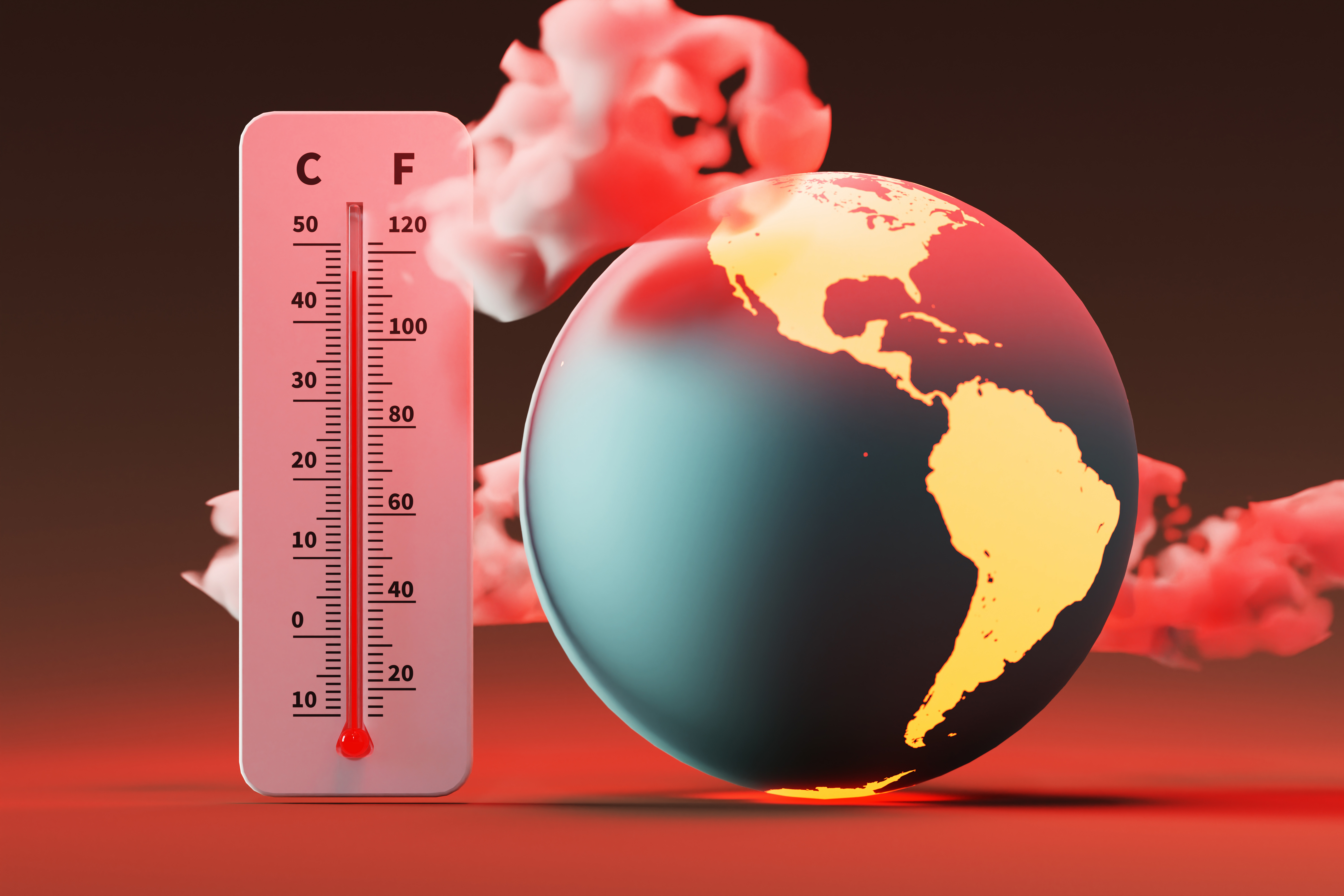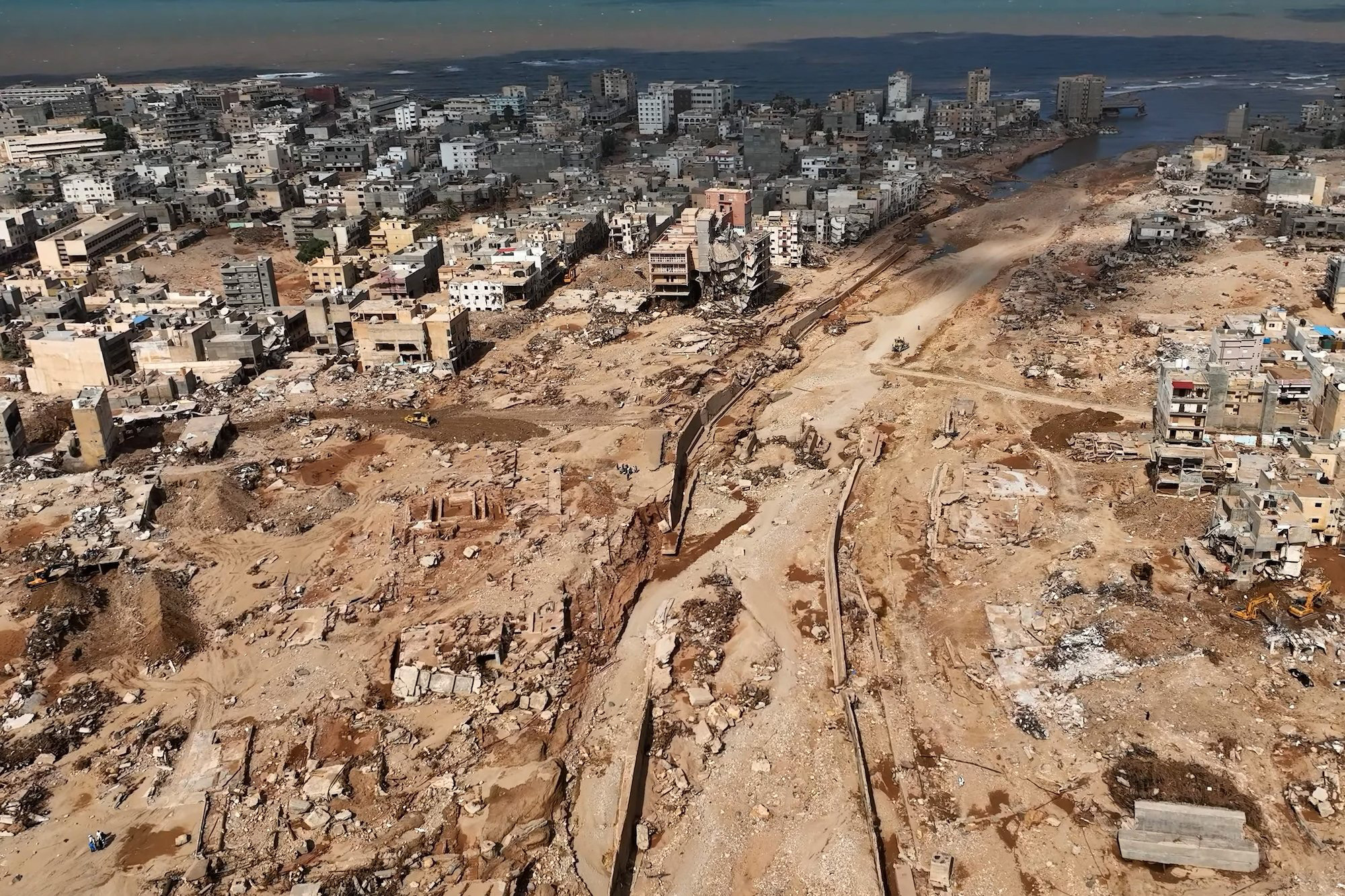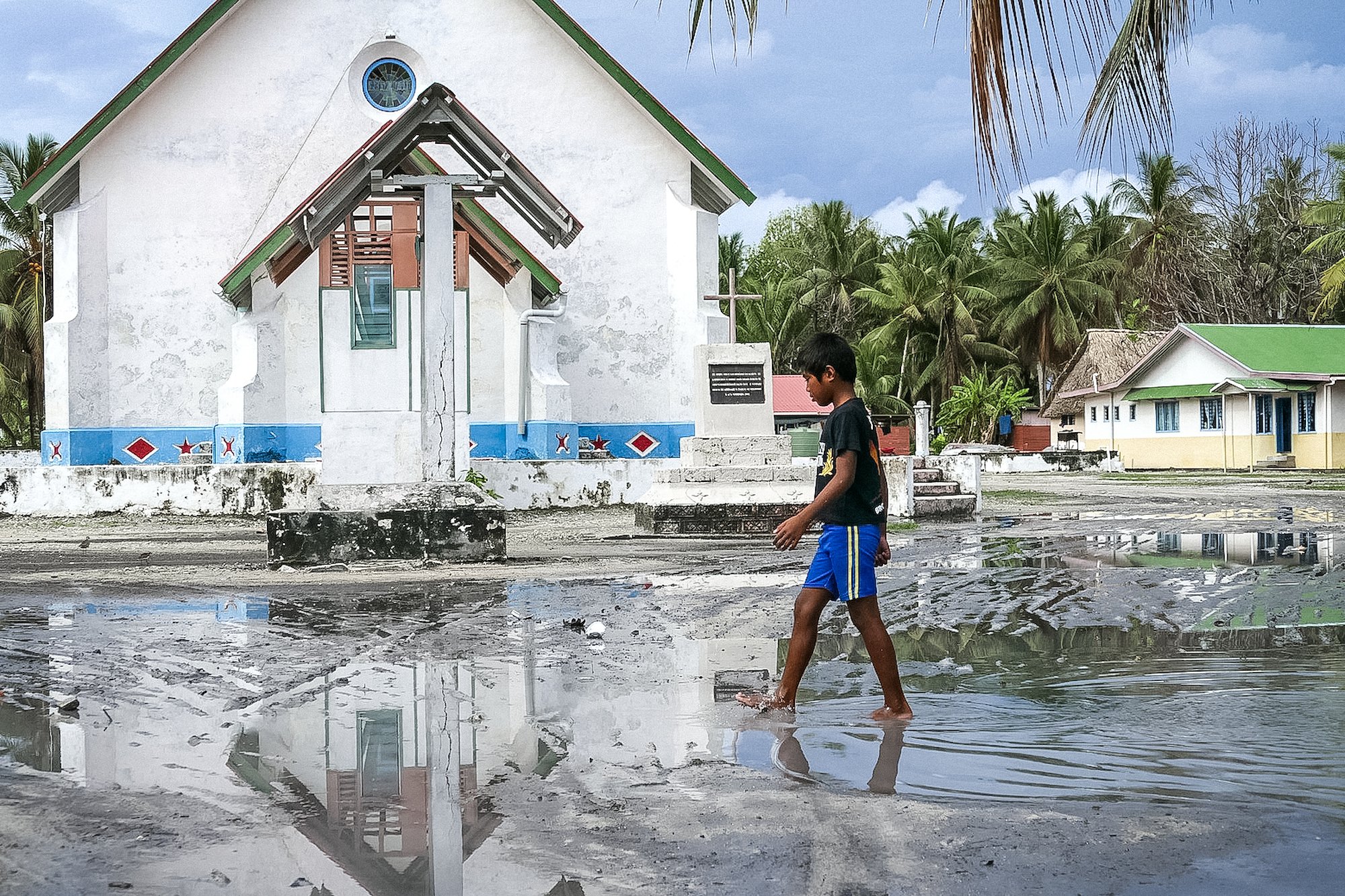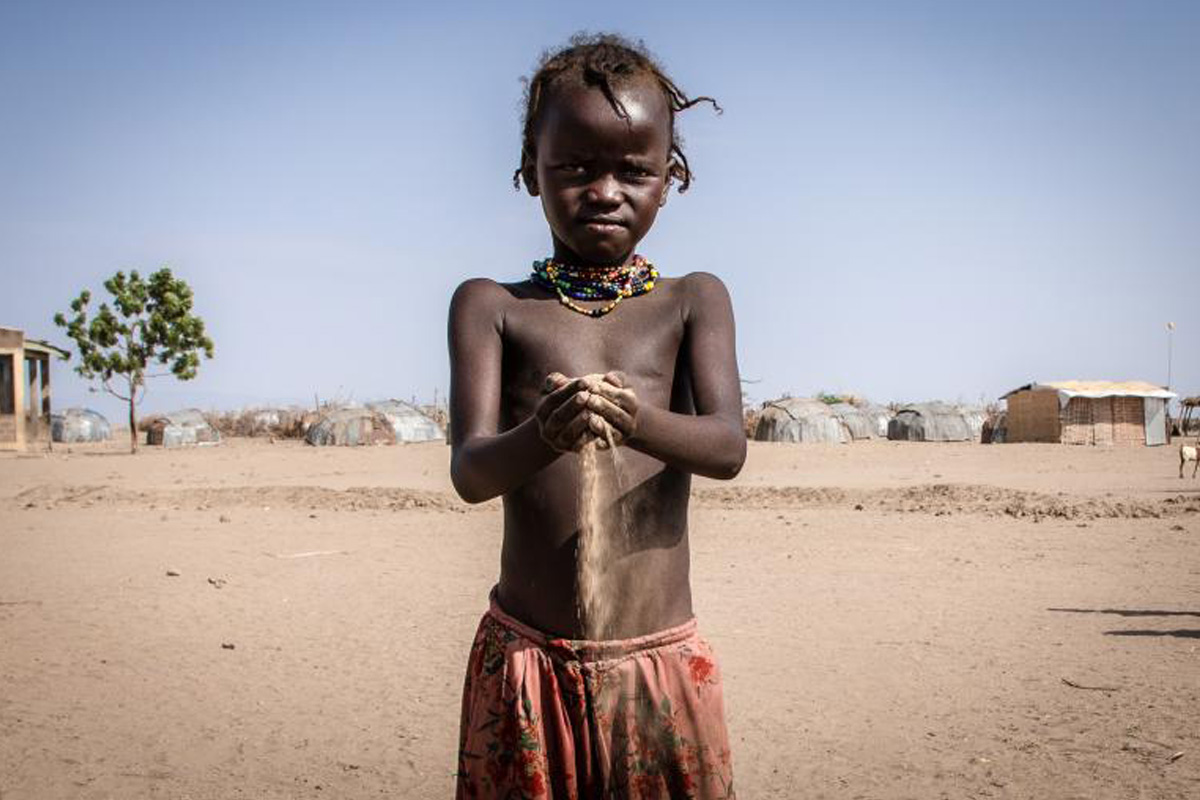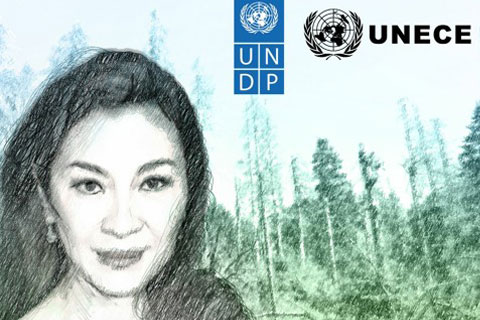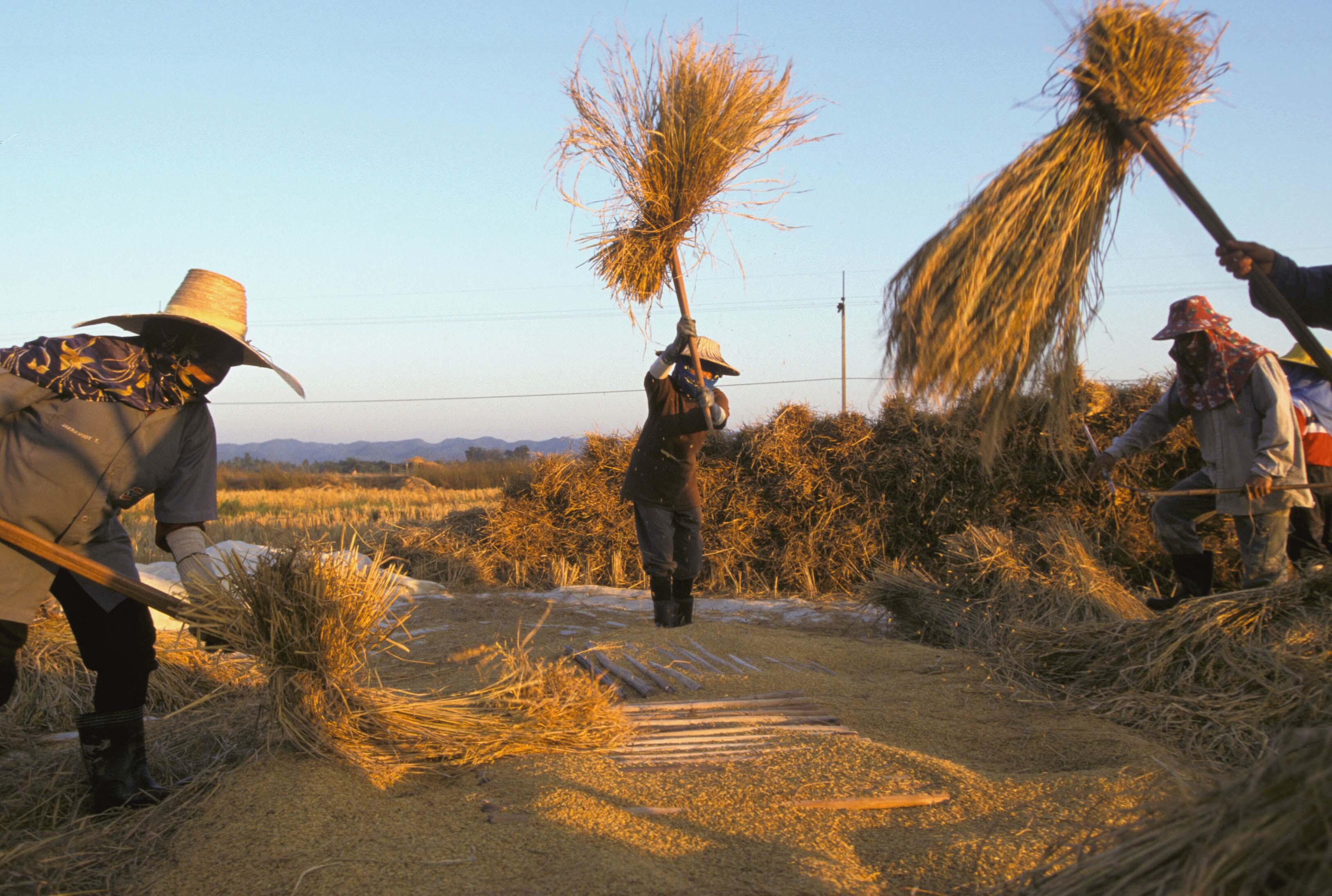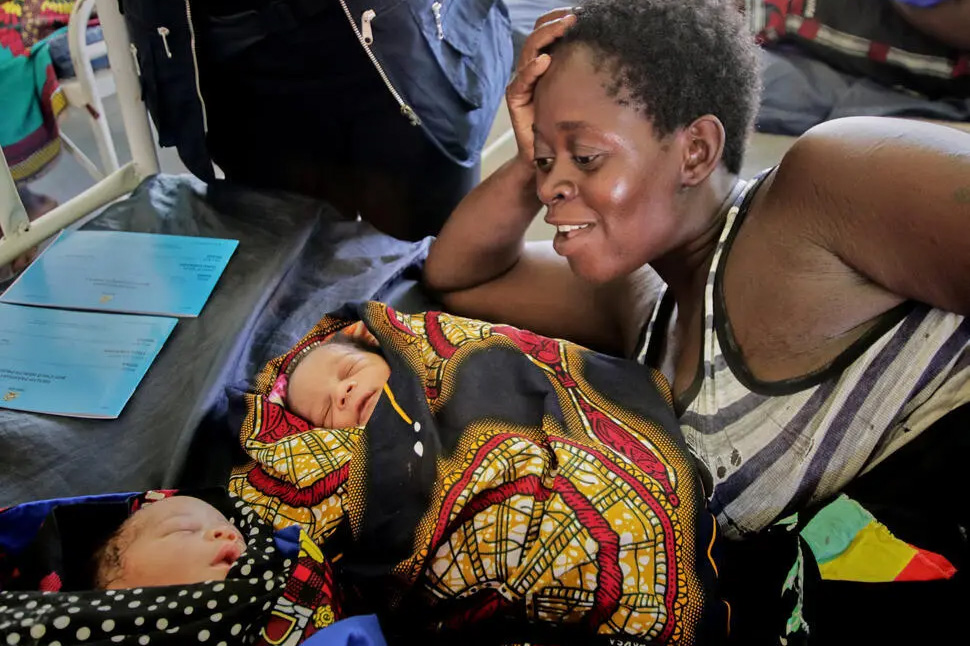Climate change has caused an increase in uncertainty about our future. The unprecedented mobilization of young people worldwide shows their immense power to hold decision-makers accountable. Their message is clear: the older generation has failed, and the young will pay in full — with their very futures. A Global Conference of Youth (GCOY) is taking place ahead of COP28 in Dubai and provides a space for capacity building and policy training. GCOY also brings together all collected inputs, which will be directly fed into the climate negotiations via the official youth policy paper.
Climate Change
The link between humans and the environment must be preserved, for the benefit of safeguarding our planet for present and future generations to come.
The Secretary-General is traveling to Antarctica to witness the impact of the climate crisis firsthand. “Scorching temperatures mean Antarctic ice is melting ever-faster, with deadly consequences for people around the world,” said António Guterres. He’ll take his experiences to the UN climate change conference COP28 (30 November-12 December) where the world will take stock of progress on the Paris Agreement. Present trends are racing our planet down a dead-end three-degree temperature rise, but we know it is still possible to make the 1.5-degree limit a reality with climate action.
WMO warns that the ongoing El Niño event is expected to last at least until April 2024, influencing weather patterns and contributing to a further spike in temperatures, both on land and in the ocean.
The Quinault, a Native tribal community in Washington State, has been forced to relocate their coastal village to higher ground as high tides threaten to wash away the land they’ve inhabited for thousands of years. As weather systems spin out of control across the globe, we take a closer loo
Storm Daniel hit Libya on 10 September 2023, causing floods that killed over 4,300 people with twice as many still unaccounted for. Over 43,000 people have been displaced and are in urgent need of food, clean water, shelter, healthcare, and financial support. The floodwaters have also exposed landmines and unexploded ordnance, posing a threat of disease. UNDP is working with local authorities in Benghazi to accelerate the rebuilding process and offer an environmentally sustainable recovery that engages Libyans and provides livelihood opportunities.
As climate change feeds increasingly frequent hurricanes in the Caribbean, UNEP has implemented a revolving loans programme. This will facilitate low-interest loans to Antigua and Barbuda residents for hurricane-proofing their homes.
In 1987 Cyclone Uma, resulted in a spike of malaria incidence due to damage to health facilities, and increase in the number of mosquito breeding sites. In 2015, Cyclone Pam found Vanuatu prepared, having learnt from its previous experience, and no increase in malaria outbreaks were detected. In March of 2023, Vanuatu was hit by twin Tropical Cyclones Judy and Kevin within 48 hours of one another and the damage was extensive, creating a serious burden on the country’s resources. UNDP and partners are undertaking a four-country project to enhance the capacity of national and local health system institutions, personnel, and local communities to manage health risks induced by climate variability and change.
Now must be the time for ambition and action
On 20 September, United Nations Secretary-General António Guterres is convening a Climate Ambition Summit, asking governments, businesses, finance, local authorities, and civil society to present credible, bold, new, and ambitious steps that will accelerate climate action and respond to the urgency of the climate crisis. “The world is watching – and the planet can’t wait,” the UN Chief said. Watch the event live or on-demand on UN Web TV.
By the time many of the teenage climate activists of today are in their late 20s, climate change could force an additional 100 million people into extreme poverty [World Bank]. By 2050, the risk of hunger and malnutrition could rise by 20 percent if the global community fails to act now [WFP]. This year’s theme for the International Day of Democracy, “Empowering the next generation,” focuses on young people’s essential role in advancing democracy and ensuring that their voices are included in the decisions that have a profound impact on their world.
Children in 48 out of 49 African countries assessed are categorized as at high or extremely high risk of the impacts of climate change, says a UNICEF report, "Time to Act: African children in the climate change spotlight". Yet, only 2.4% of global climate funding targets children. Children living in the Central African Republic, Chad, Nigeria, Guinea, Somalia and Guinea-Bissau are the most at risk.
UNICEF and UNEP are working together on an increasing number of projects that demonstrate how communities across Africa can become more resilient as they adapt to the impacts of a changing climate. UNEP, UNICEF and ILO are working together with young people, governments, employers' and workers' organizations, and the private sector to design and implement the Green Jobs for Youth Pact.
Forests are one of the solutions to the climate crisis but are also under pressure from climate change itself. What are the strategies to face this complex reality?
In this episode of the UN Forest Podcast, 2023 Oscar-winning actress and UNDP Goodwill Ambassador Michelle Yeoh is joined by Professor Almut Arneth, Coordinating Lead Author of the IPCC Special Report on land and climate change, to explore the unique relationship between forests and climate change.
An episode by the United Nations Economic Commission for Europe.
Image Credit: ©UNECE and UNDP
As parts of the world experience record breaking temperatures, learn how heat harms us, who is at risk and what you can do to protect yourself. Dr Joy Shumake-Guillemot explains in Science in 5. Science in 5 is WHO's conversation in science.
Photo Credit: ©WHO Podcast.
The summer of 2023 is recording some of the highest temperatures on record, for our entire planet. These new records have significant consequents, not just for the environment but also for human life, including the world of work. Heat stress is a growing issue. It affects not just individual workers – particularly those who work outside – but also businesses and the overall economy, because higher temperatures affect productivity. Working hours, routines, equipment, and regulation may all have to change. ILO explores the consequences of these higher temperatures for the world of work. How will governments, businesses and individual workers adapt?
When Tropical Cyclone Freddy slammed into Madagascar, Mozambique and Malawi, 32,000 pregnant women were due to give birth within weeks. The destruction of homes, health facilities and travel routes during the cyclone made childbirth much more perilous. Around 5,000 of the women could expect to experience complications in their final months of pregnancy or during childbirth, which, without access to skilled care, could prove fatal. A climate crisis is an obstetric emergency. After a two-hour journey on an ambulance recently repaired by UNFPA, Mercy, 37, gave birth to healthy twin boys.


